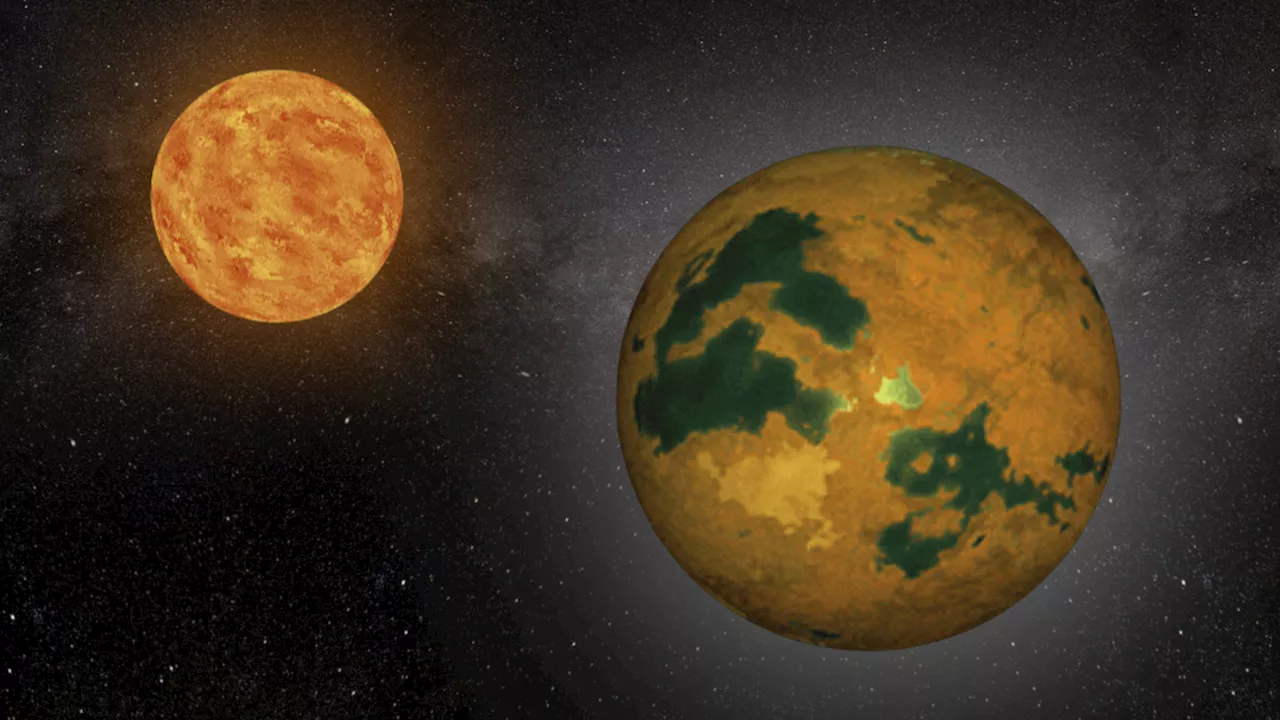Robert Lea is a science journalist in the U.K. whose articles have been published in Physics World, New Scientist, Astronomy Magazine, All About Space, Newsweek and ZME Science. He also writes about science communication for Elsevier and the European Journal of Physics. Rob holds a bachelor of science degree in physics and astronomy from the U.K.
appeared to have gone cold, an international team of scientists has found clues in quantum physics that could reopen the case. One reason the hunt for these so-called primordial black holes is so pressing is that they've been suggested as possible candidates for
"We call them primordial black holes, and many researchers feel they are a strong candidate for dark matter, but there would need to be plenty of them to satisfy that theory," University of Tokyo graduate student Jason Kristiano."They are interesting for other reasons, too, as since the recent innovation of gravitational wave astronomy, there have been discoveries of binary black hole mergers, which can be explained if primordial black holes exist in large numbers.
An image of the CMB taken by the Planck telescope shows tiny variations that can be revealing to cosmologistsfrom the successive mergers of smaller black holes, primordial black holes predate stars — so, they must have a unique origin. A diagram showing the vast difference in scale between supermassive black holes and hypothetical primordial black holes"At the beginning, the universe was incredibly small, much smaller than the size of a single atom. Cosmic inflation rapidly expanded that by 25 orders of magnitude," director of Kavli IPMU and RESCEU Jun’ichi Yokoyama said in the statement."At that time, waves traveling through this tiny space could have had relatively large amplitudes but very short wavelengths.
If the team's theory that early, small-scale fluctuations in the universe can grow and influence large-scale fluctuations in the CMB is correct, this will impact how structures grew in the cosmos. Measuring fluctuations of the CMB could help constrain the size of the original fluctuations in the early universe. That, in turn, places constraints on phenomena that rely on shorter fluctuations, such as primordial black holes.
South Africa Latest News, South Africa Headlines
Similar News:You can also read news stories similar to this one that we have collected from other news sources.
 2025 Aston Martin Vantage First Drive Review: Big changes, big big powerGet in-depth info on the 2023 Aston Martin Vantage including prices, specs, reviews, options, safety and reliability ratings.
2025 Aston Martin Vantage First Drive Review: Big changes, big big powerGet in-depth info on the 2023 Aston Martin Vantage including prices, specs, reviews, options, safety and reliability ratings.
Read more »
 ‘Bang Bang’: Watch Exclusive Clip With Tim Blake Nelson In Vincent Grashaw Drama Ahead Of Tribeca Fest PremiereTim Blake Nelson (Watchmen, The Ballad of Buster Scruggs), stars in Vincent Grashaw Bang Bang.
‘Bang Bang’: Watch Exclusive Clip With Tim Blake Nelson In Vincent Grashaw Drama Ahead Of Tribeca Fest PremiereTim Blake Nelson (Watchmen, The Ballad of Buster Scruggs), stars in Vincent Grashaw Bang Bang.
Read more »
 Creepy Nuts’ ‘Bling-Bang-Bang-Born’ Logs 15th Week at No. 1 on Japan Hot 100Creepy Nuts’ 'Bling-Bang-Bang-Born' extends its stay atop the Billboard Japan Hot 100 to 15 weeks on the chart dated May 15.
Creepy Nuts’ ‘Bling-Bang-Bang-Born’ Logs 15th Week at No. 1 on Japan Hot 100Creepy Nuts’ 'Bling-Bang-Bang-Born' extends its stay atop the Billboard Japan Hot 100 to 15 weeks on the chart dated May 15.
Read more »
 Real-life 'Star Trek' planet was actually just an illusion caused by a 'jittery' starRobert Lea is a science journalist in the U.K. whose articles have been published in Physics World, New Scientist, Astronomy Magazine, All About Space, Newsweek and ZME Science. He also writes about science communication for Elsevier and the European Journal of Physics. Rob holds a bachelor of science degree in physics and astronomy from the U.K.
Real-life 'Star Trek' planet was actually just an illusion caused by a 'jittery' starRobert Lea is a science journalist in the U.K. whose articles have been published in Physics World, New Scientist, Astronomy Magazine, All About Space, Newsweek and ZME Science. He also writes about science communication for Elsevier and the European Journal of Physics. Rob holds a bachelor of science degree in physics and astronomy from the U.K.
Read more »
 Euclid space telescope finds 1.5 trillion orphan stars wandering the Perseus cluster (images)Robert Lea is a science journalist in the U.K. whose articles have been published in Physics World, New Scientist, Astronomy Magazine, All About Space, Newsweek and ZME Science. He also writes about science communication for Elsevier and the European Journal of Physics. Rob holds a bachelor of science degree in physics and astronomy from the U.K.
Euclid space telescope finds 1.5 trillion orphan stars wandering the Perseus cluster (images)Robert Lea is a science journalist in the U.K. whose articles have been published in Physics World, New Scientist, Astronomy Magazine, All About Space, Newsweek and ZME Science. He also writes about science communication for Elsevier and the European Journal of Physics. Rob holds a bachelor of science degree in physics and astronomy from the U.K.
Read more »
 Scientists pick their favorite Euclid 'dark universe' telescope images: 'The best is still to come'Robert Lea is a science journalist in the U.K. whose articles have been published in Physics World, New Scientist, Astronomy Magazine, All About Space, Newsweek and ZME Science. He also writes about science communication for Elsevier and the European Journal of Physics. Rob holds a bachelor of science degree in physics and astronomy from the U.K.
Scientists pick their favorite Euclid 'dark universe' telescope images: 'The best is still to come'Robert Lea is a science journalist in the U.K. whose articles have been published in Physics World, New Scientist, Astronomy Magazine, All About Space, Newsweek and ZME Science. He also writes about science communication for Elsevier and the European Journal of Physics. Rob holds a bachelor of science degree in physics and astronomy from the U.K.
Read more »
